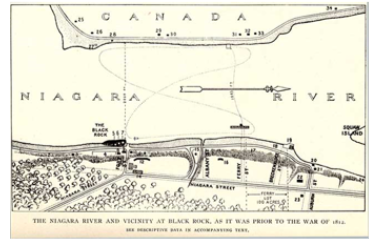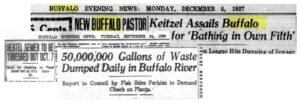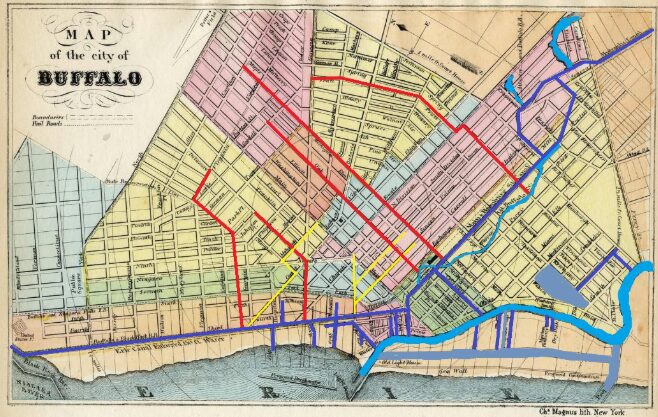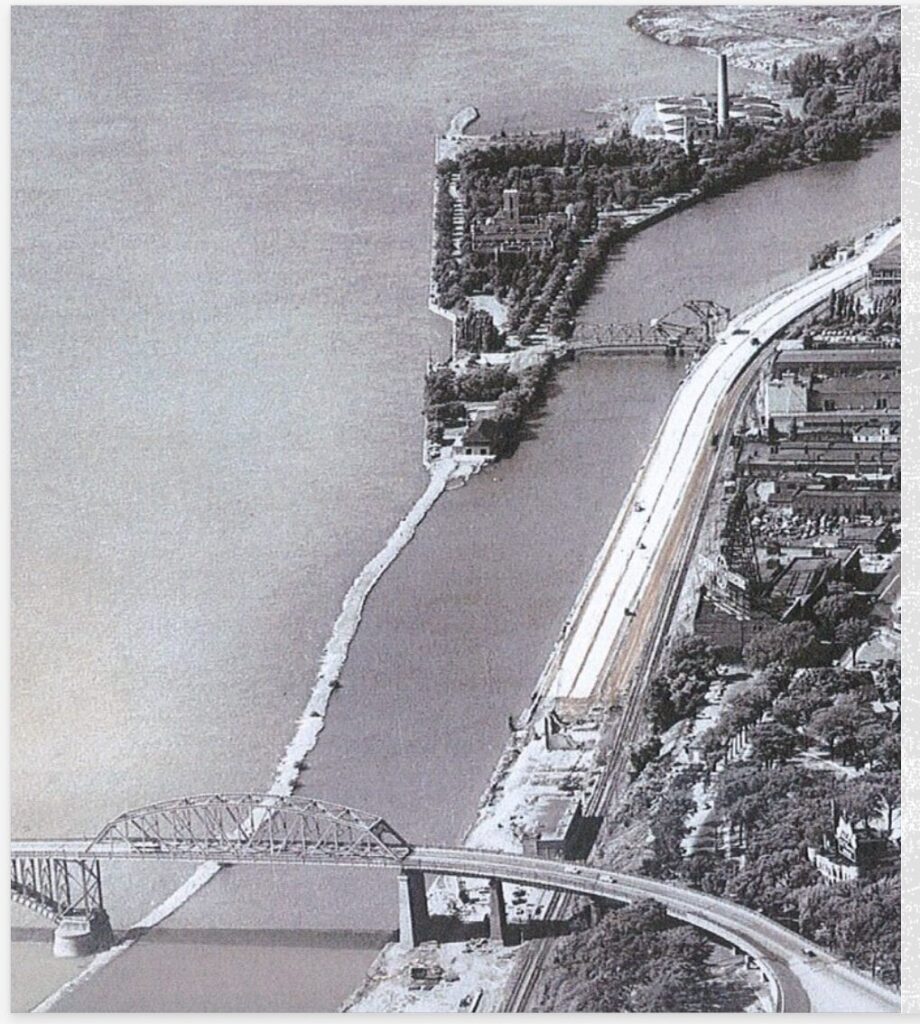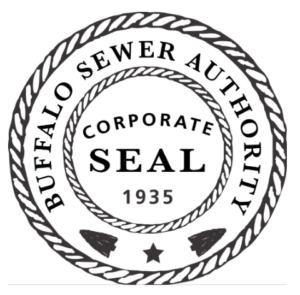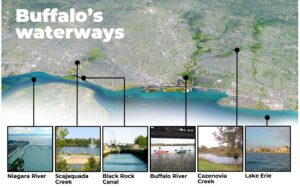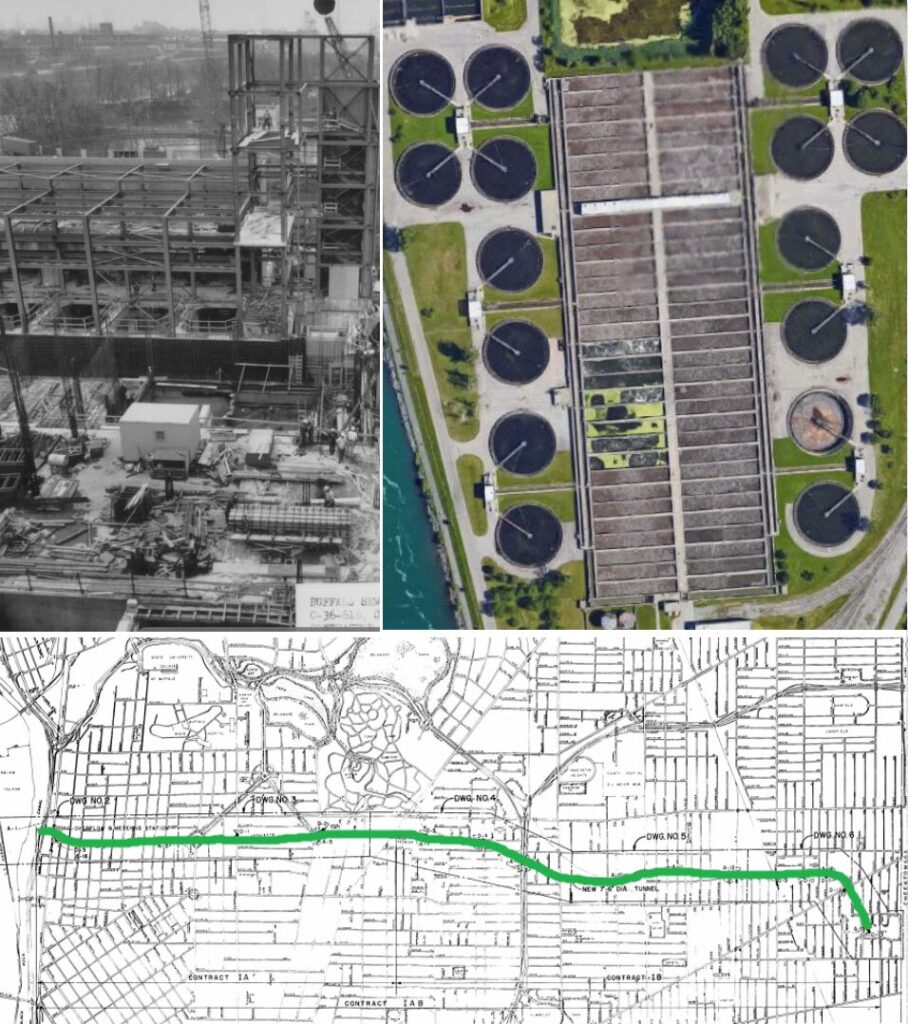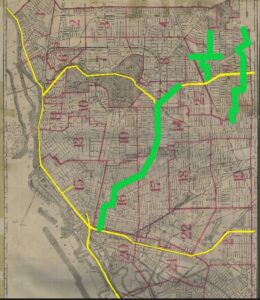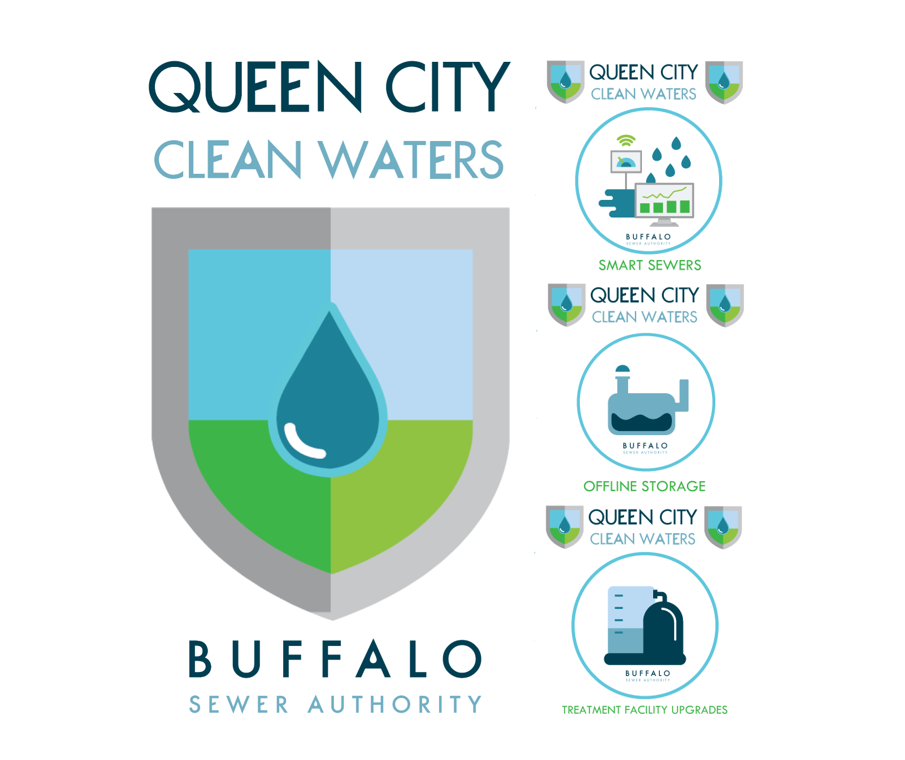The History of Buffalo Sewer
1840’s
1870’s-1900’s
1935-1940
1950’s-1960’s
1979
1980’s-Today
Queen City Clean Waters

1909 a treaty was entered into by the United States and Canada specifically providing that the waters herein defined as boundary waters flowing across the boundary shall not be polluted

Bird or Unity Island was named for its small marshy creek that once ran through the property dividing the island into two segments.

In 1981 secondary treatment facilities were constructed with the help of federal and state grants.


